| Weight | 1 lbs |
|---|---|
| Dimensions | 9 × 5 × 2 in |
| host | rabbit |
| isotype | IgG |
| clonality | polyclonal |
| concentration | 1 mg/mL |
| applications | ICC/IF, WB |
| reactivity | BAD (Phospho-Ser155) |
| available sizes | 100 µL |
rabbit anti-BAD (Phospho-Ser155) polyclonal antibody 6063
$366.00
Antibody summary
- Rabbit polyclonal to BAD (Phospho-Ser155)
- Suitable for: WB,IHC
- Isotype: Whole IgG
- 100 µl
rabbit anti-BAD (Phospho-Ser155) polyclonal antibody 6063
| antibody |
|---|
| Tested applications WB,IHC,IHC |
| Recommended dilutions Immunoblotting: use at dilution of 1:500. A band of ~23kDa is detected. Immunohistochemistry: use at dilution of 1:50- 1:100. These are recommended working dilutions. End user should determine optimal dilutions for their application. |
| Immunogen Peptide sequence that includes phosphorylation site of Serine 155 (R-M-S(p)-D-E) derived from human BAD and conjugated to KLH. |
| Size and concentration 100µL and 1 mg/mL |
| Form liquid |
| Storage Instructions This antibody is stable for at least one (1) year at -20°C. |
| Storage buffer PBS (without Mg2 and Ca2 ), pH 7.4, 150mM NaCl, |
| Purity affinity purified |
| Clonality polyclonal |
| Isotype IgG |
| Compatible secondaries goat anti-rabbit IgG, H&L chain specific, peroxidase conjugated, conjugated polyclonal antibody 9512 goat anti-rabbit IgG, H&L chain specific, biotin conjugated polyclonal antibody 2079 goat anti-rabbit IgG, H&L chain specific, FITC conjugated polyclonal antibody 7863 goat anti-rabbit IgG, H&L chain specific, Cross Absorbed polyclonal antibody 2371 goat anti-rabbit IgG, H&L chain specific, biotin conjugated polyclonal antibody, crossabsorbed 1715 goat anti-rabbit IgG, H&L chain specific, FITC conjugated polyclonal antibody, crossabsorbed 1720 |
| Isotype control Rabbit polyclonal - Isotype Control |
| target relevance |
|---|
| Protein names Bcl2-associated agonist of cell death (BAD) (Bcl-2-binding component 6) (Bcl-2-like protein 8) (Bcl2-L-8) (Bcl-xL/Bcl-2-associated death promoter) (Bcl2 antagonist of cell death) |
| Gene names BAD,BAD BBC6 BCL2L8 |
| Protein family Bcl-2 family |
| Mass 18392Da |
| Function FUNCTION: Promotes cell death. Successfully competes for the binding to Bcl-X(L), Bcl-2 and Bcl-W, thereby affecting the level of heterodimerization of these proteins with BAX. Can reverse the death repressor activity of Bcl-X(L), but not that of Bcl-2 (By similarity). Appears to act as a link between growth factor receptor signaling and the apoptotic pathways. {ECO:0000250}. |
| Subellular location SUBCELLULAR LOCATION: Mitochondrion outer membrane. Cytoplasm {ECO:0000250|UniProtKB:Q61337}. Note=Colocalizes with HIF3A in the cytoplasm (By similarity). Upon phosphorylation, locates to the cytoplasm. {ECO:0000250|UniProtKB:Q61337}. |
| Tissues TISSUE SPECIFICITY: Expressed in a wide variety of tissues. |
| Structure SUBUNIT: Forms heterodimers with the anti-apoptotic proteins, Bcl-X(L), Bcl-2 and Bcl-W. Also binds protein S100A10 (By similarity). The Ser-75/Ser-99 phosphorylated form binds 14-3-3 proteins (By similarity). Interacts with AKT1 and PIM3. Interacts (via BH3 domain) with NOL3 (via CARD domain); preventing the association of BAD with BCL2 (By similarity). Interacts with HIF3A (via C-terminus domain); the interaction reduces the binding between BAD and BAX (By similarity). Interacts with GIMAP3/IAN4 and GIMAP5/IAN5 (PubMed:16509771). {ECO:0000250|UniProtKB:O35147, ECO:0000250|UniProtKB:Q61337, ECO:0000269|PubMed:10926925, ECO:0000269|PubMed:16509771, ECO:0000269|PubMed:17270021}. |
| Post-translational modification PTM: Phosphorylated on one or more of Ser-75, Ser-99, Ser-118 and Ser-134 in response to survival stimuli, which blocks its pro-apoptotic activity. Phosphorylation on Ser-99 or Ser-75 promotes heterodimerization with 14-3-3 proteins. This interaction then facilitates the phosphorylation at Ser-118, a site within the BH3 motif, leading to the release of Bcl-X(L) and the promotion of cell survival. Ser-99 is the major site of AKT/PKB phosphorylation, Ser-118 the major site of protein kinase A (CAPK) phosphorylation. Phosphorylation at Ser-99 by PKB/AKT1 is almost completely blocked by the apoptotic C-terminus cleavage product of PKN2 generated by caspases-3 activity during apoptosis. {ECO:0000269|PubMed:10926925, ECO:0000269|PubMed:11278822, ECO:0000269|PubMed:12897128, ECO:0000269|PubMed:16818649}.; PTM: Methylation at Arg-94 and Arg-96 by PRMT1 inhibits Akt-mediated phosphorylation at Ser-99. {ECO:0000269|PubMed:10926925, ECO:0000269|PubMed:21444773}. |
| Domain DOMAIN: Intact BH3 motif is required by BIK, BID, BAK, BAD and BAX for their pro-apoptotic activity and for their interaction with anti-apoptotic members of the Bcl-2 family. |
| Target Relevance information above includes information from UniProt accession: Q92934 |
| The UniProt Consortium |
Data
| No results found |
Publications
| pmid | title | authors | citation |
|---|---|---|---|
| We haven't added any publications to our database yet. | |||
Protocols
| relevant to this product |
|---|
| Western blot IHC |
Documents
| # | SDS | Certificate | |
|---|---|---|---|
| Please enter your product and batch number here to retrieve product datasheet, SDS, and QC information. | |||
Only logged in customers who have purchased this product may leave a review.
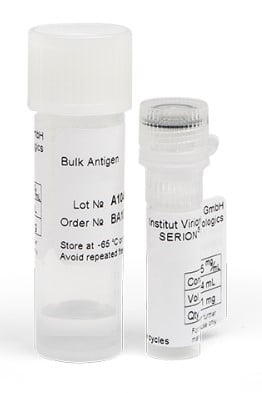
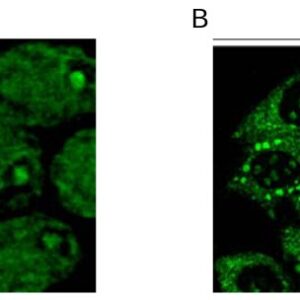
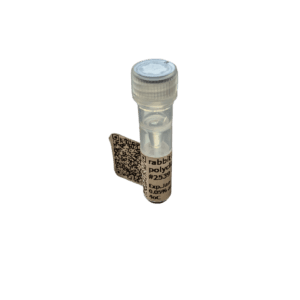
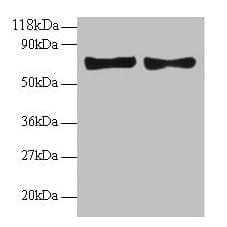
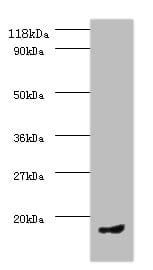

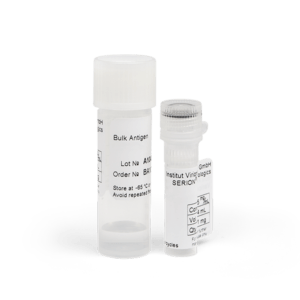
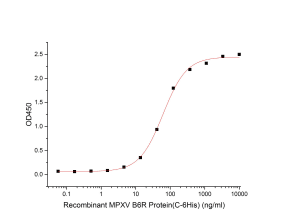
Reviews
There are no reviews yet.